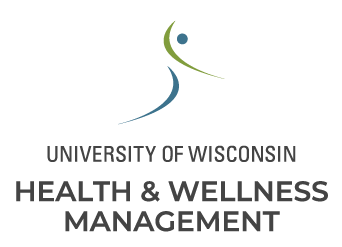
Introducing the Wellness Alliance
The Wellness Alliance unites the strengths of the two most recognized and influential professional associations in the wellness industry: Wellness Council of America (WELCOA) and the National Wellness Institute (NWI). With a long history of leading the charge in supporting wellness for individuals and workplaces, the Wellness Alliance offers trusted education and certification programs, evidence-informed resources, and networking opportunities, so that professionals are empowered to positively impact well-being.

Membership Benefits
Harness the power of WELCOA's 7 Benchmarks, NWI's Six Dimensions of Wellness, tools to help your career, and a wealth of wellness information from evidence-informed sources.
Upcoming Education
Service Provider Directory
Easily search and find relevant, vetted wellness providers based on your needs.
Latest Wellness News
Stay up-to-date on the latest wellness developments, data and trends from industry thought leaders and experts in the field.
-
 Let’s Talk Men’s Health: A June Wellness Initiative
Let’s Talk Men’s Health: A June Wellness InitiativeJune 9, 2025
June is Men’s Health Month, highlighting the importance of prevention. Today's blog shares strategies to support men's health in the workplace.
-
 Ten Reasons You Don’t Want to Miss the Annual Wellness Summit
Ten Reasons You Don’t Want to Miss the Annual Wellness SummitJune 2, 2025
The 2025 Annual Wellness Summit brings together like-minded wellness professionals, thought leaders, and industry experts for three days of connection, inspiration, and revitalization.
-
 Finding Stability With Workplace Wellness
Finding Stability With Workplace WellnessMay 27, 2025
Workplace wellness initiatives may not eliminate uncertainty, but they can help us navigate challenging times and bring a sense of calm amidst the chaos. Learn ways to support employees in today's blog.
-
 Working Under the Sun: Gear Up Against Skin Cancer
Working Under the Sun: Gear Up Against Skin CancerMay 19, 2025
Skin cancer is one of the most preventable types of cancer, yet it remains the most common form in the United States, with over five million cases diagnosed each year. May is Melanoma and Skin Cancer Awareness Month, a time to ensure we are aware of the risks of sun exposure and implement safety practices.
-
 Online Overload: The Importance of Finding Digital Balance
Online Overload: The Importance of Finding Digital BalanceMay 15, 2025
With modern technology and communication pathways, we are more digitally connected than ever . . . but that might not be such a good thing. Today's blog emphasizes the importance of digital balance for organizations and strategies for preventing digital burnout in employees.
-
 Bridging the Gap With Eastern and Western Healing Practices
Bridging the Gap With Eastern and Western Healing PracticesMay 12, 2025
Despite unprecedented access to health technology and medical advances, people are experiencing rising rates of chronic disease, stress, and disconnection. Today's blog shares recommendations for integrating traditional Eastern healing practices with modern Western medical technology for holistic health and well-being.













